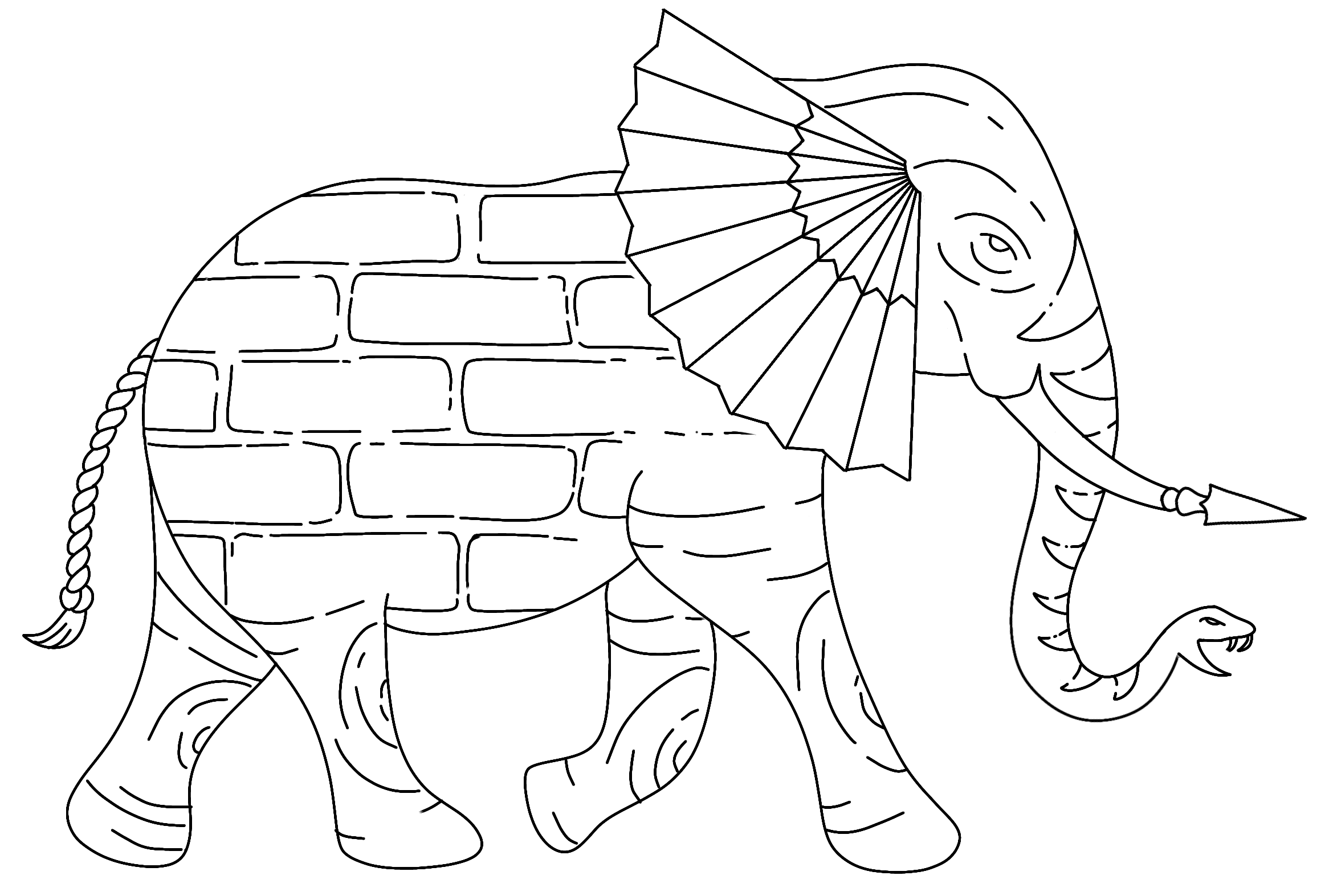My field program included a live ensemble of Ghanaian music and dance. Assuming that music is an adequately comprehensive lens by which to experience a culture, the performance offered several insights into the Ghanaian people. Much of my understanding of the traditional culture was confirmed, albeit several new areas were filled with color – in some cases outside the expected lines of tradition.
As we sat under the tent on garden chairs, shielded from the blistering sun, our performers – dressed in brightly patterned green and yellow Kente cloth – arrived and immediately began playing. The song would continue for at least fifteen minutes before the group leader gave the group a formal introduction. He explained that the song, susuma – translating directly to “for the soul” – was to them the best way to welcome us, seemingly confirming the high context nature of Ghanaian communication, and the deeply rooted customary practices entrenched within it. Furthermore, the song was consistent with the high tempo 4/6 beat that I expected and, arguably, highlighted the dimension of (high) indulgence, as despite having performed the song many times the performers radiated an exuberant energy – I have never seen people enjoy playing music so genuinely, especially not throughout an extremely lengthy song. It was evident that the Ghanaian soul was one characterized by unwavering energy and an unencumbered love for life, ultimately manifesting as mesmerizing beats and unrestrained, fluid dance.
The remainder of the performance shed light on several cultural dimensions. Interestingly, the more traditional beats with which the group began its performance, rarely included a “solo” by any one instrument. The songs were a mosaic of contributions from each of the performers and their instruments – a truly collective sound – and arguably a reflection of the collectivist nature of Ghanaian society. Later, these were contrasted with western-inspired songs that included distinct solos, indirectly highlighting the expertise and contributions of individual members.
Not long into the performance, the group – 6 men in their 20s and 30s – began challenging some of my expectations. First, the leader of the group, introduced himself as the youngest member of the group (at only 20), having recently being promoted. This was particularly interesting because the previous leader (likely in his 30s) was still playing with the group. I expected a high power distance norm characterized by an autocratic, more experienced, older leader. Instead, the group exhibited a true meritocracy uninhibited by societal constraint. Furthermore, as indicated by very low long-term orientation I expected a fervent commitment to traditional music, particularly considering the group’s previous experience (having recently played for the president). While beginning with traditional beats, the group fluidly transitioned into a blend of music, interweaving their traditional beats with a “Western-style” symphony. This was not by accident – the leader made the inspiration clear and expressed a conscious effort to combine Western and African styles. These men weren’t afraid to be innovative and take risks with their craft, further contrasting attitudes consistent with high uncertainty avoidance. Despite being a prominent group with several high-profile engagements, however, they proudly shared their “day-jobs” – ranging from IT professional to management within a multi-national corporation, hinting at a preference for security.
In a sense, the group was a personification of an evolving Ghanaian identity, spearheaded by the country’s youth. They embraced innovation and growth – unafraid to challenge norms – yet were uncompromising with their foundations, channeling the Ghanaian soul into each and every song.
